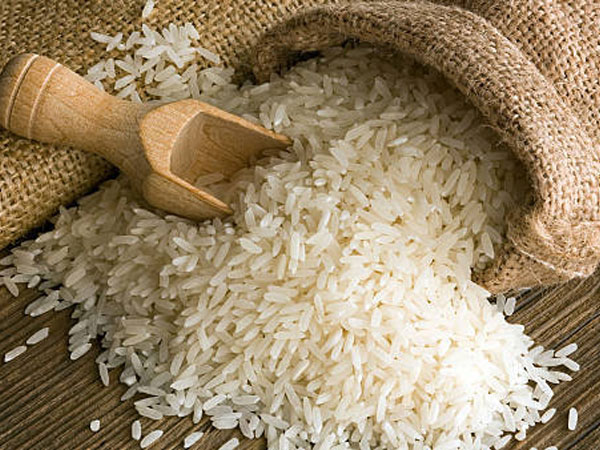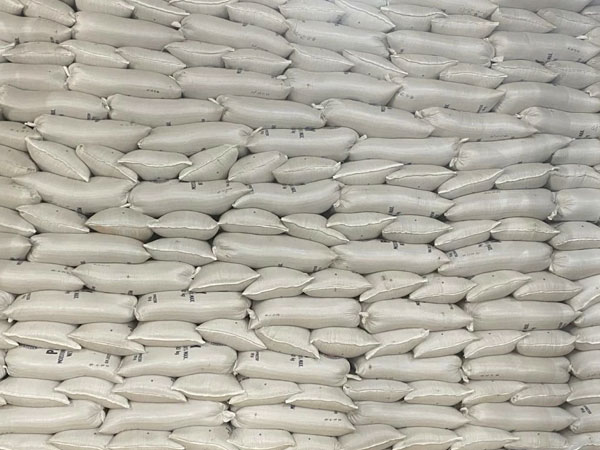 The government approved duty-free imports of half a million tonnes of rice, with private importers resuming shipments through Benapole Land Port in August after a four-month pause
The government approved duty-free imports of half a million tonnes of rice, with private importers resuming shipments through Benapole Land Port in August after a four-month pause
Despite higher Boro paddy yields earlier this year, rice inflation remained elevated, with all varieties — coarse, medium, and fine — recording above 15% inflation in recent months, except medium rice, which slightly eased to 13.95% in August, according to the latest update from the General Economics Division (GED) of the Planning Commission released today (24 September).
The decline was largely driven by falling non-food inflation, despite a marginal uptick in food inflation.
The report noted that the government has intensified interventions to stabilise the rice market. By mid-September, 1.82 million tonnes of food grains had been procured, including 1.72 million tonnes of rice.
Additionally, the government approved duty-free imports of half a million tonnes of rice, with private importers resuming shipments through Benapole Land Port in August after a four-month pause.
Distribution accelerates as inflation eases
From July to early September this year, over 574,000 tonnes of rice were distributed, up from about 310,000 tons during the same period last year. Economists suggest these measures, alongside favourable harvests, could lower rice prices in the coming months, provided no fresh supply disruptions occur.
Bangladesh's inflation rate eased further in August, falling to 8.29% — the lowest since July 2022. After briefly rising in July, headline inflation resumed its downward trend. Having remained in double digits from July to December last year, inflation has gradually declined since early 2025, reaching 9% in May and now approaching 8%.
Food inflation, which peaked at 14% in July 2024, stabilised at 7.6% in August 2025, remaining below 8% for three consecutive months.
Non-food inflation also eased to below 9 percent for the first time since January 2024 — attributed to fiscal discipline, tighter monetary policy, exchange rate stability, improved supply conditions, and favourable global markets.
The FAO Cereal Price Index has been falling since February, while the FAO rice price index dropped from 134 in August 2024 to 101.4 in August 2025.
Within food categories, rice continued to dominate, accounting for 48.37% of food inflation in August, followed by fish (27.28%), fruits (9.76%), and edible oils (7.93%). Vegetables saw a sharp fall in contribution, dropping from 6.48% in July to -0.12% in August.














© Copyright 2025 The SSResource Media.
All rights reserved.